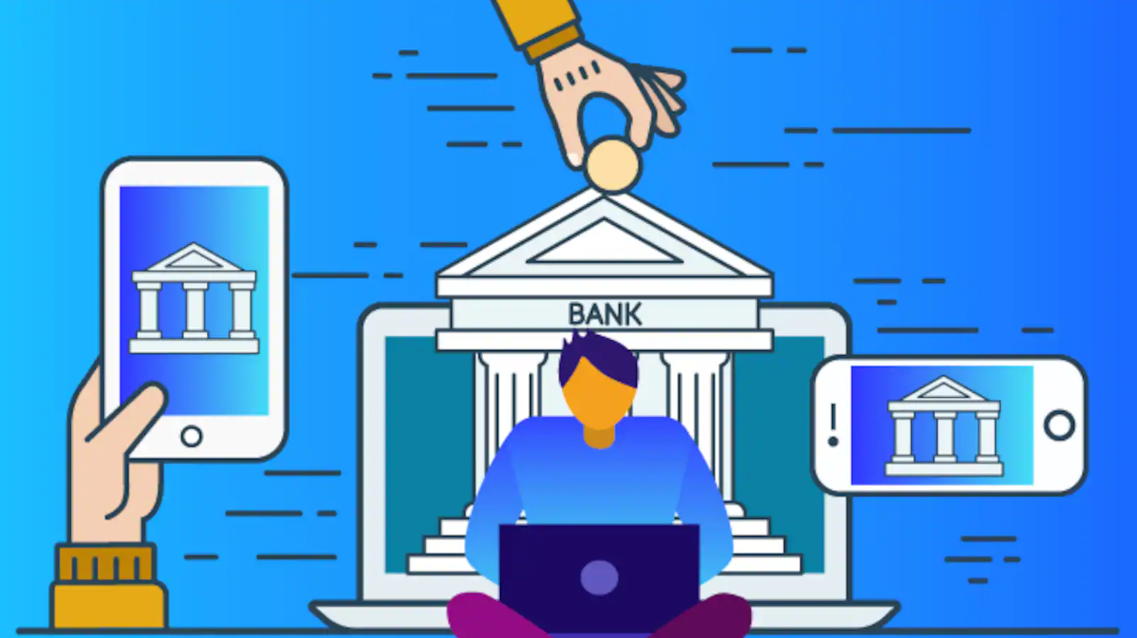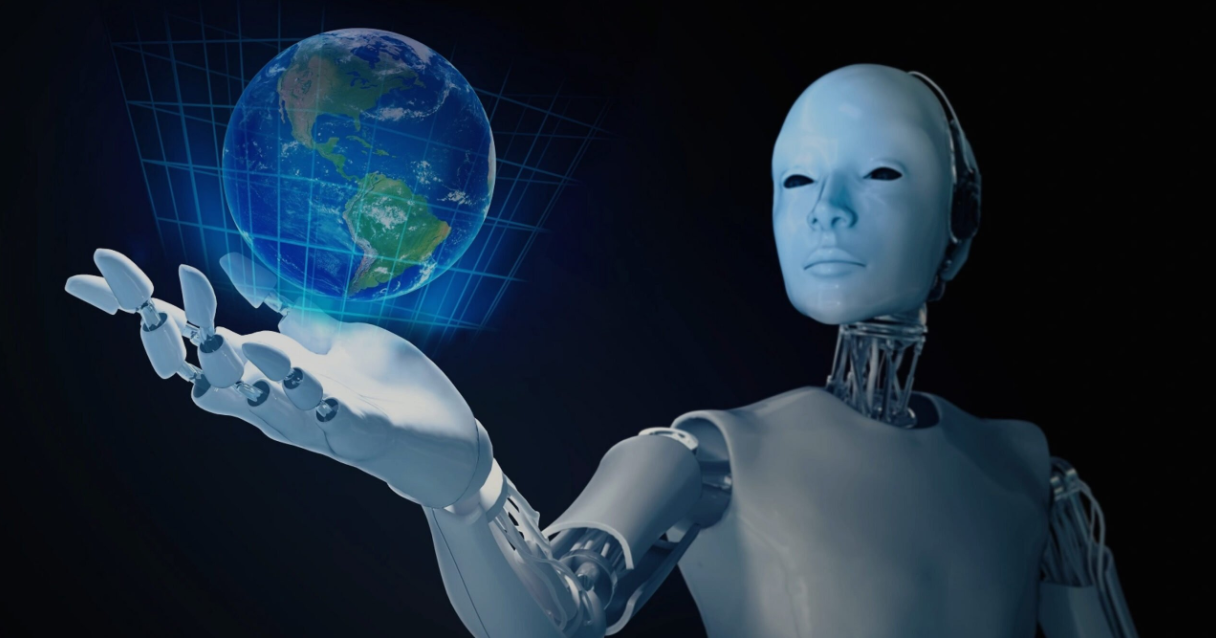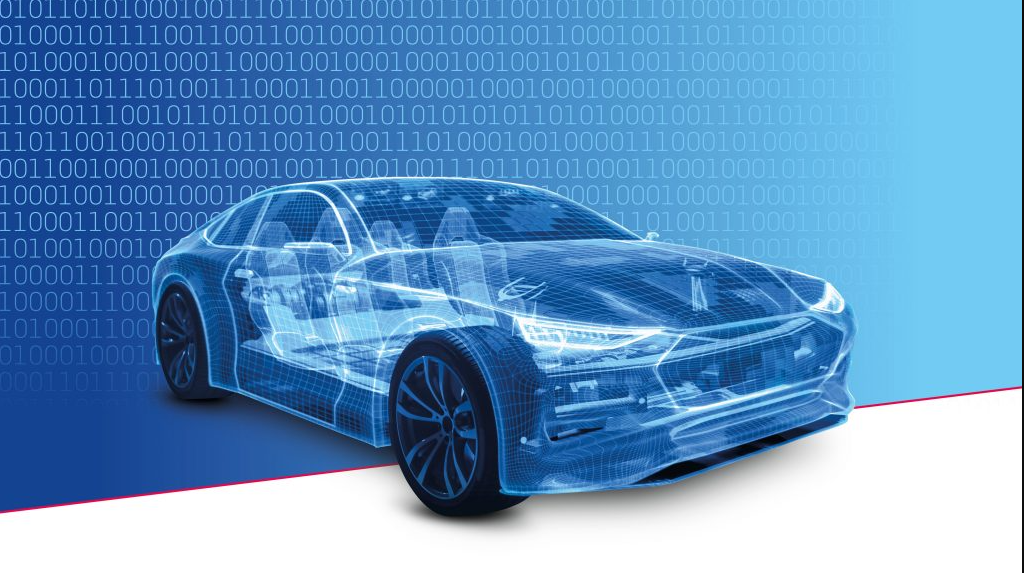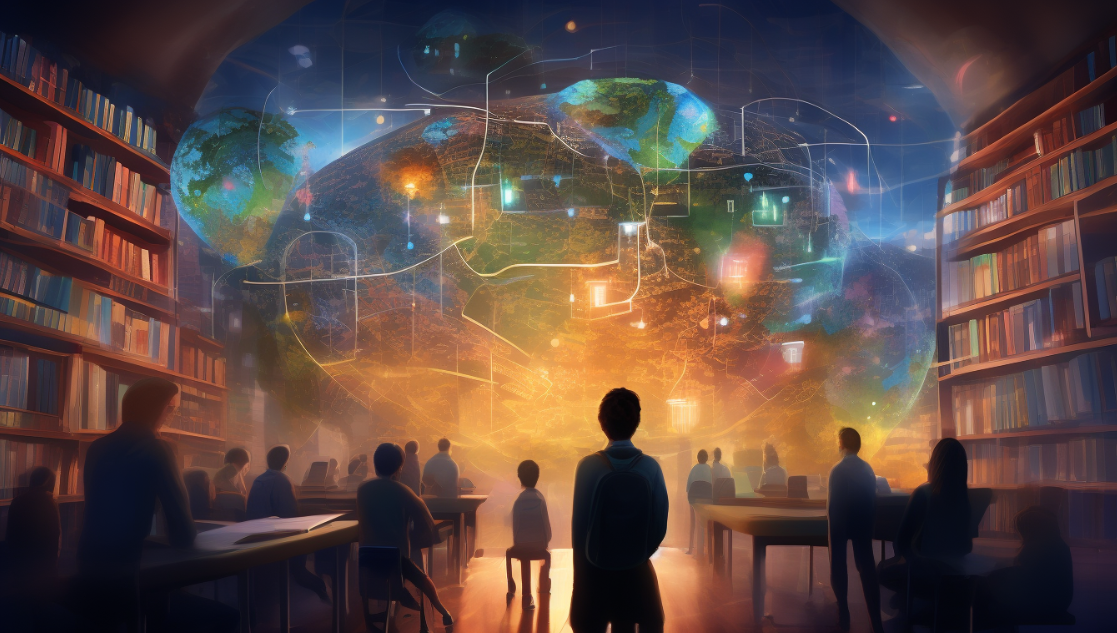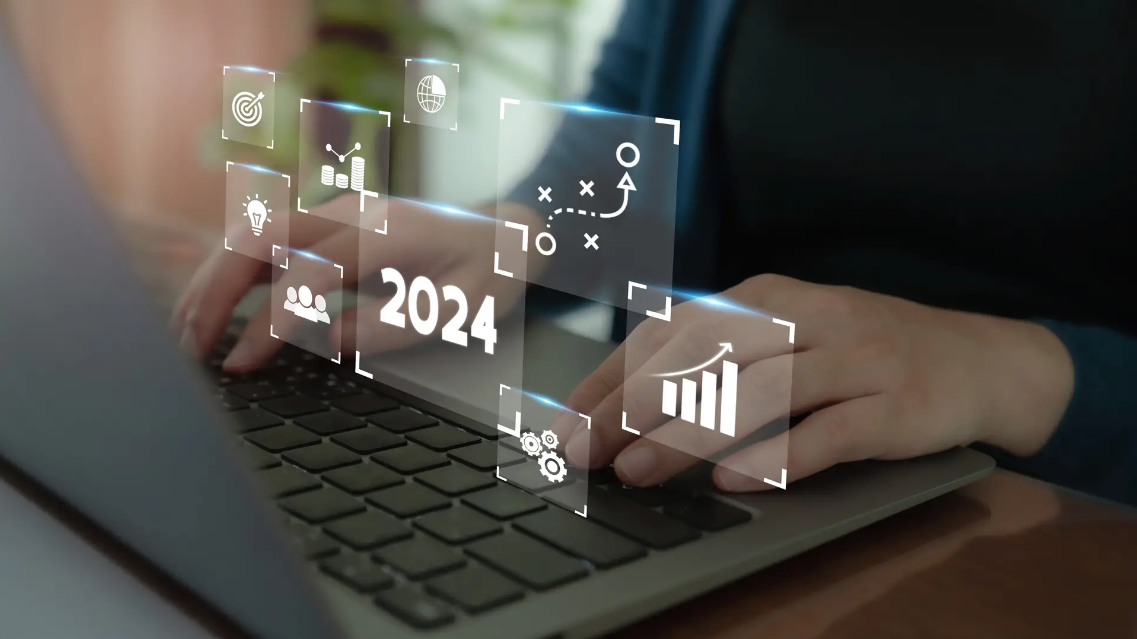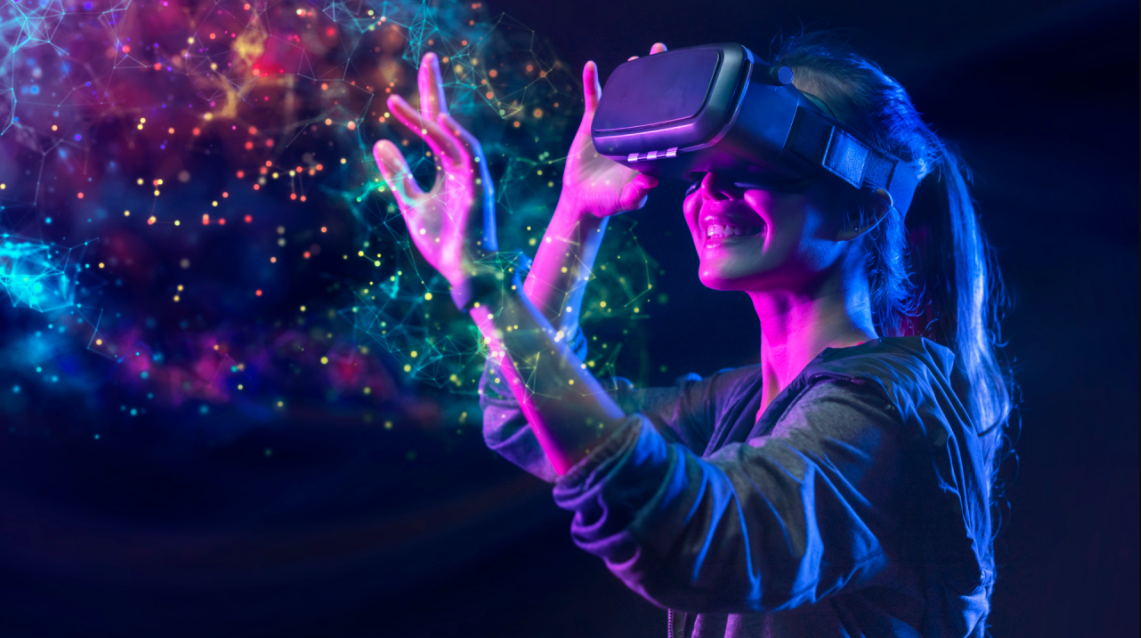Augmented Reality: Revolutionizing Industries Beyond Gaming
Augmented Reality (AR) is not in science fiction or gaming areas already. It is a transformative force, with vast potential for changing the way things are done across many industries, laying digital information on top of analog contexts. In industries from retail and manufacturing through healthcare or education, with AR reshaping how companies carry out their work and engage consumers or clients. It performs tasks in the experimental stage that organizations have always wanted to do one way or another for multinational clients: at least some part of which is intended, ideally in due course, to become mainstream and change the world for good.
The retail industry has already been seriously impacted by AR. Retailers are harnessing AR technology to improve the shopping experience for customers both online and in store. For instance, AR allows shoppers to see what products will look like in their own homes or offices before they buy. Similar trial-and-error exercises might be carried out via virtual try-ons at fashion retailers’ websites and / or with augmented reality permit virtual furniture to be “previewed” in a living room. This not only helps to engage customers more effectively, but also reduces product returns through providing a more accurate representation of the product.
In the field of manufacturing and commerce, AR is changing how work is done too; it aims to raise safety levels. AR-powered smart glasses or heads-up displays deliver real-time data, instructions and visual guides superimposed on the worker’s actual environment. This hand-free access to information improves the efficiency of assembly, maintenance and repair problems by reducing errors and speeding up individual processes. AR also means remote support, where experts for instance can provide help and advice to field engineers from hundreds of miles away without having to be physically present themselves.
Healthcare is an industry that is also benefiting from AR. In difficult surgical procedures, doctors can use AR to superimpose medical images, patient data and virtual markers onto the surgical field, enhancing precision for less error. Training and study for professionals working in healthcare are another application of AR: it lets students try out procedures on a model environment before they attempt them in real life with patients.
AR is changing education, and helping students learn a bit more in a world of immersive experiences.AR applications can bring textbooks to life by overlaying interactive 3D models, animations and additional information onto printed pages or digital devices.Students can visit historical landmarks, dissect virtual organisms, and interact with difficult scientific concepts that are not practical to do in reality, enhancing engagement and understanding.
To visualize designs and for presentational purposes within the field of architecture and real estate, AR has brought revolutionary change. Architects and real estate developers use AR to show clients proposed buildings or renovations overlaid onto existing landscapes, so they can experience the end product in a realistic context. This speeds decision-making up, increases collaboration between stakeholders and reduces misunderstandings during design and planning stages.
Many industries have made progress on AR, benefits are obvious. But there are still obstacles to its wider use–technological rice constraints, high development costs, as well as concerns about privacy. Nevertheless, ongoing advances in AR hardware, software, and user interfaces are breaking through these barriers and expanding the range of potential AR applications.Today, augmented reality is much more than just a gaming technology.
It revolutionizes entire industries like retail, manufacturing, health care, education and architecture: it delivers better customer experiences, knocks employee productivity up another couple of notches and changes how information gets put across and accessed.As AR evolves and becomes more popular, it has an important impact on business operations, consumer experience and educational methods. In profound and innovative ways, it continues to remodel widespread patterns of human life.


